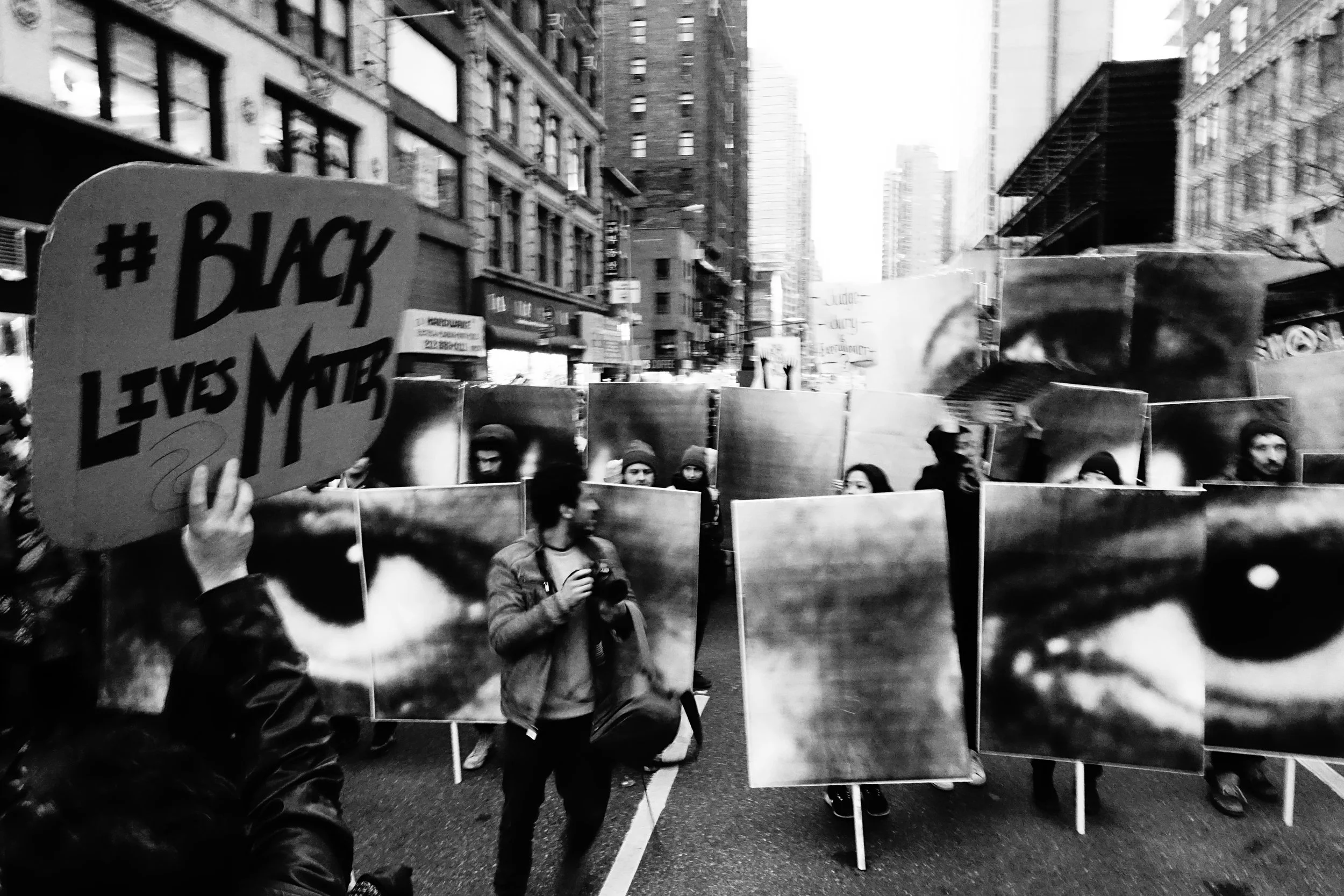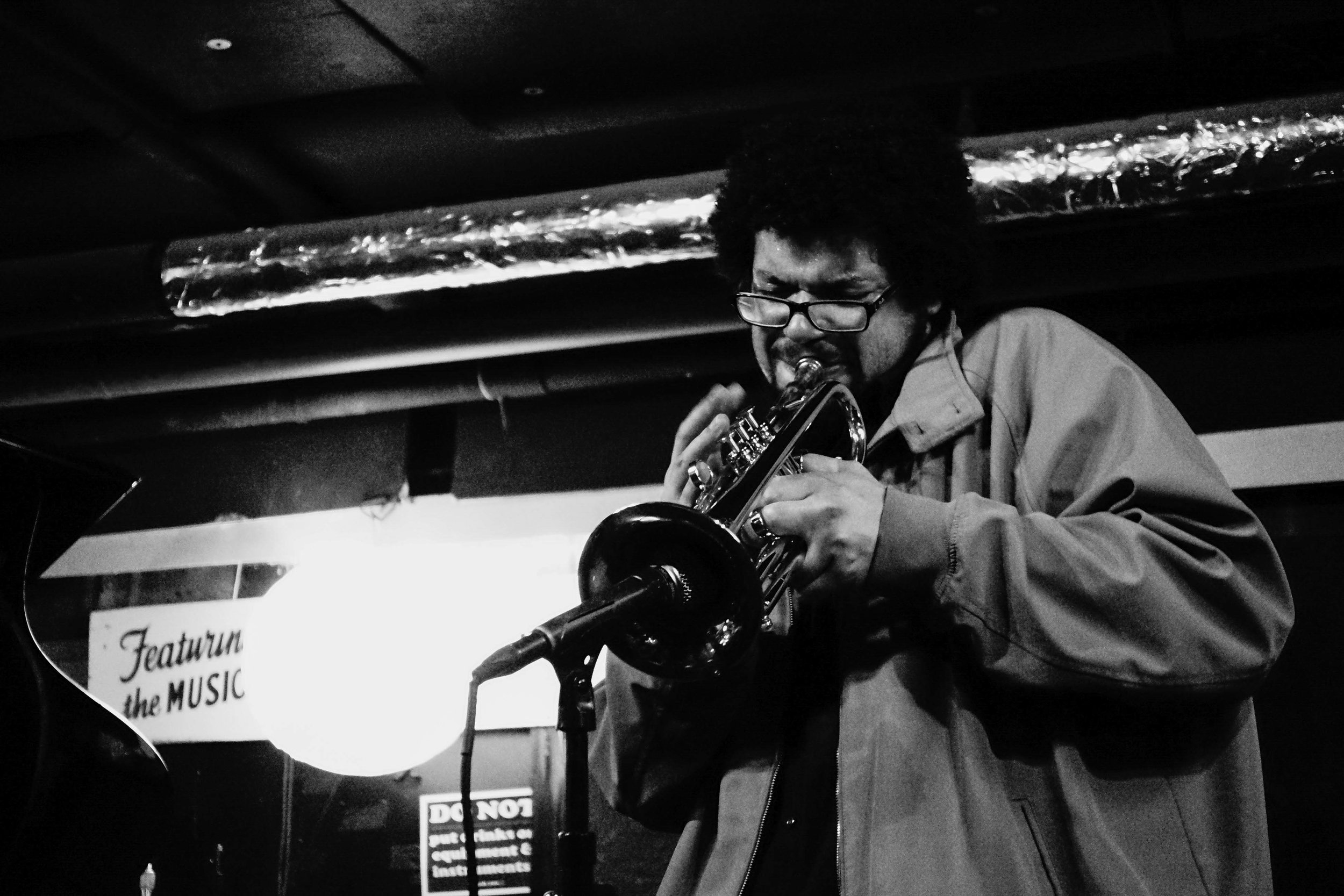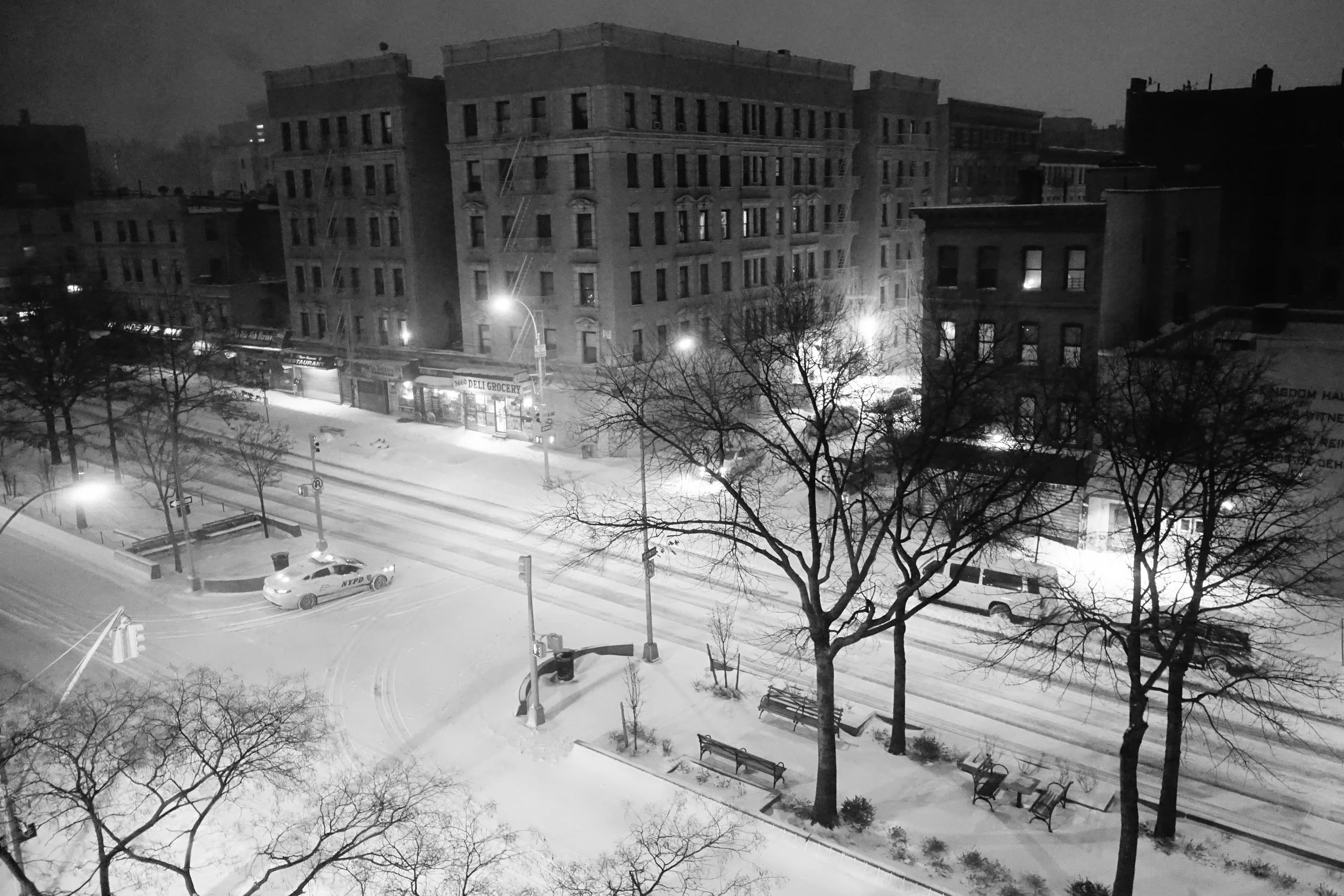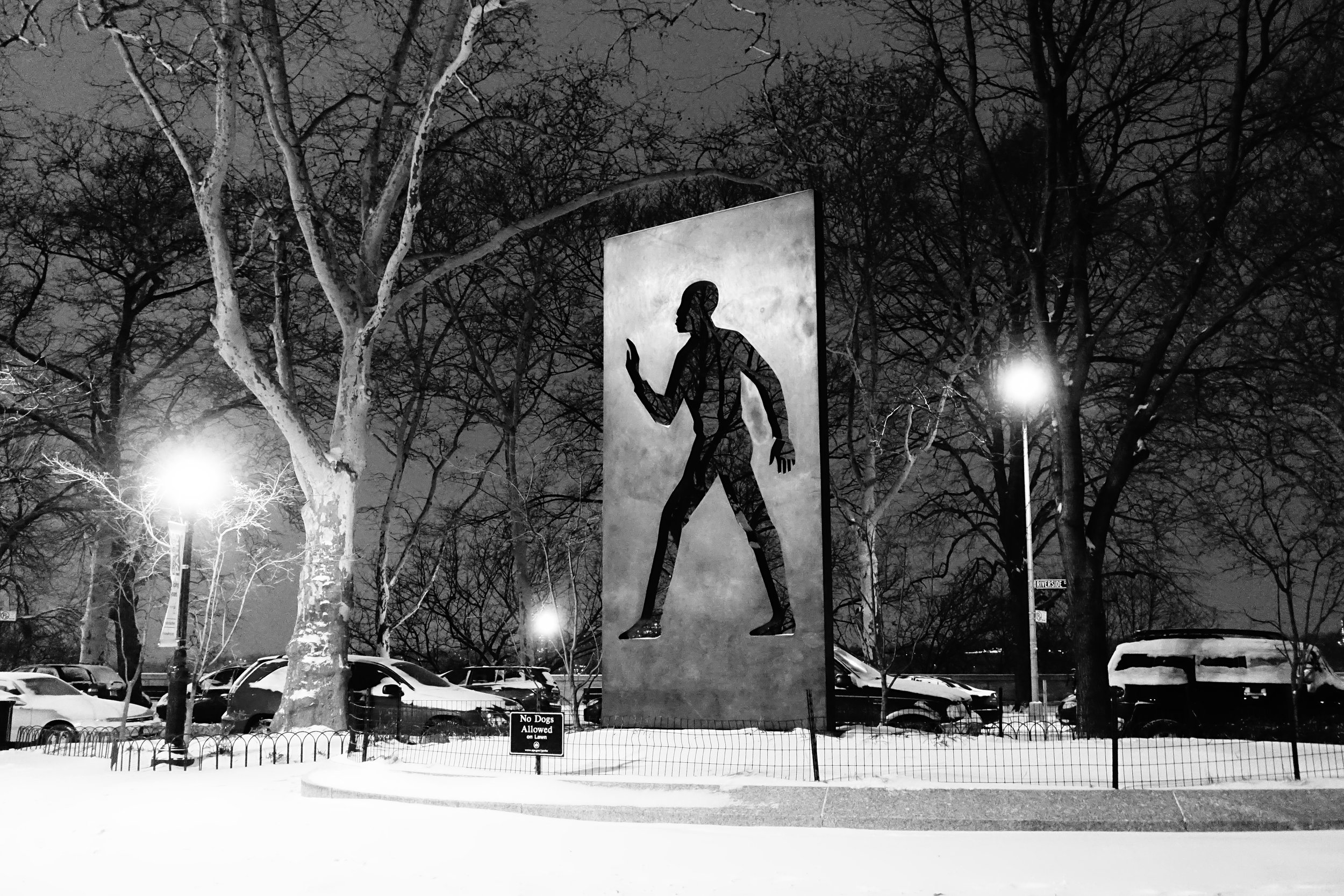




















In New York, between northeastern Harlem and southern Washington Heights, the Sugar Hill Historic District is located. This part of town was the epicenter of the Harlem Renaissance - where musicians such as Billie Holiday and Duke Ellington came to fame - and, later on, it became a place for the Civil Rights protests with the Black Power Movement. Its name refers to the "sweet" life that a new class of solvent African American used to lead in the 1920’s, along a nascent jazz scene and cultural life.
It is a landscape dotted with brownstones with Dutch themes, sidewalks where trees dominate, and one-way streets that lead the eye toward the Hudson River. Arguably, this hill is a border where the bucolic is juxtaposed to the urban. It is also a point of acculturation, since African, African American, and Hispanic communities coexist. But it is the African American community who claims this part of the city as of their cultural heritage, even within a country that is determined to condemn it to oblivion. Ironically, the name Sugar Hill (or, in Spanish, Colina de Azúcar) echoes to the most prosperous institution slavery had in the Americas: the sugar plantations and their surplus.
My arrival in New York in August 2014 coincided with major protests by the 'Black Lives Matter' movement, whose mobilization became notorious across the country after the deaths of Michael Brown and Eric Garner Sandra Bland at the hands of police that summer. It was also a coincidence that the apartment in which I got a room -thanks to an acquaintance- was located in Sugar Hill. These occurrencea have led me to critically evaluate my stay in the United States from a racial perspective, something that rarely have I done in Colombia, my own country. Did I have to become a minority (a Latino in the United States) to contemplate rightly so what other minorities go through? Do I count certain privileges or privileged tools to represent the cultural domain of a minority? Are there shared (hi)stories in the scenes that I choose to photograph? This series features a personal exploration of these questions and perhaps others that I yet do not know how to formulate.
